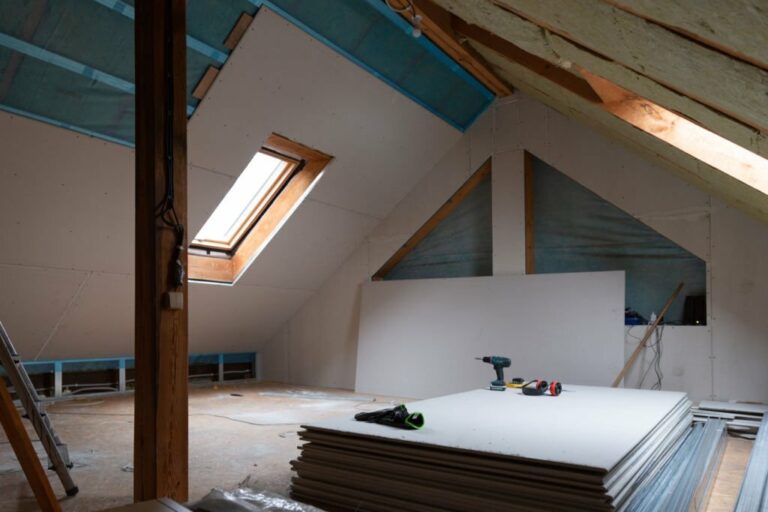

Drywall is an important component of construction industry, serving as foundation for walls and ceilings in countless homes and commercial buildings across United States.
Accurate estimation of drywall needs is crucial for budgeting and project planning.
The drywall rule of thumb is a handy reference used in construction industry to estimate the amount of drywall material required for a specific project. While it does not replace precise measurements and calculations, it offers a quick estimate to get started.
Here’s a simple drywall rule of thumb:
For standard 8-foot high walls, one 4×8-foot sheet of drywall can cover approximately 32 square feet of wall space. To calculate the number of sheets needed, divide total square feet of walls by 32. For ceilings, it’s roughly the same, with one sheet covering 32 square feet.
Note: Keep in mind that this rule is a general guideline and may not be suitable for projects with complex designs or varying wall heights.

In the United States, drywall estimating services have become increasingly important due to the diversity of construction projects across the nation.
From residential homes to large commercial developments, having a trusted drywall estimating service on board can make a significant difference in the success of a project.
While the drywall rule of thumb provides a rough estimate, it is not precise enough for commercial or large-scale projects. Drywall estimating services play a crucial role in ensuring accurate measurements, minimizing waste and controlling project costs.
1. Precise Measurements: Professional drywall estimators take precise measurements of the area to be covered, considering factors like wall height, door and window openings, and architectural features. This accuracy prevents unnecessary material overages and reduces waste.
3. Cost Estimation: Estimators provide detailed cost estimates, helping builders and contractors budget for the drywall phase of the project accurately. This prevents budget overruns and financial stress during construction.
3. Time Savings: Outsourcing drywall estimating services frees up valuable time for contractors and builders to focus on other essential aspects of the project. It streamlines the process and reduces the risk of measurement errors.
4. Adaptability: Drywall estimating services can adapt to various project complexities and requirements, offering customized estimates which helps to win project bids.

Construction Estimator | Civil Engineer | Quantity Surveyor
Expert in Construction Management, Scheduling and Estimating
